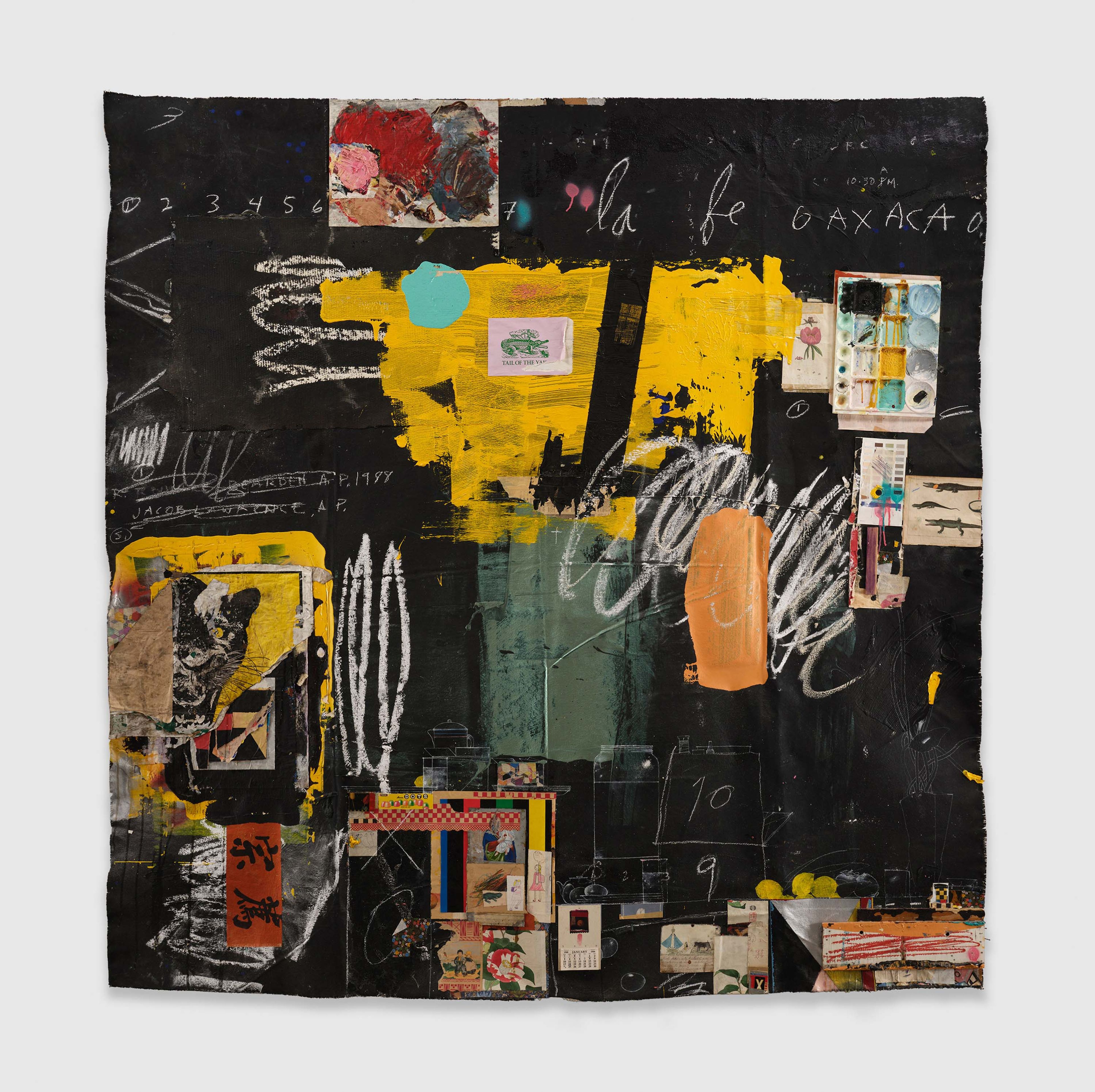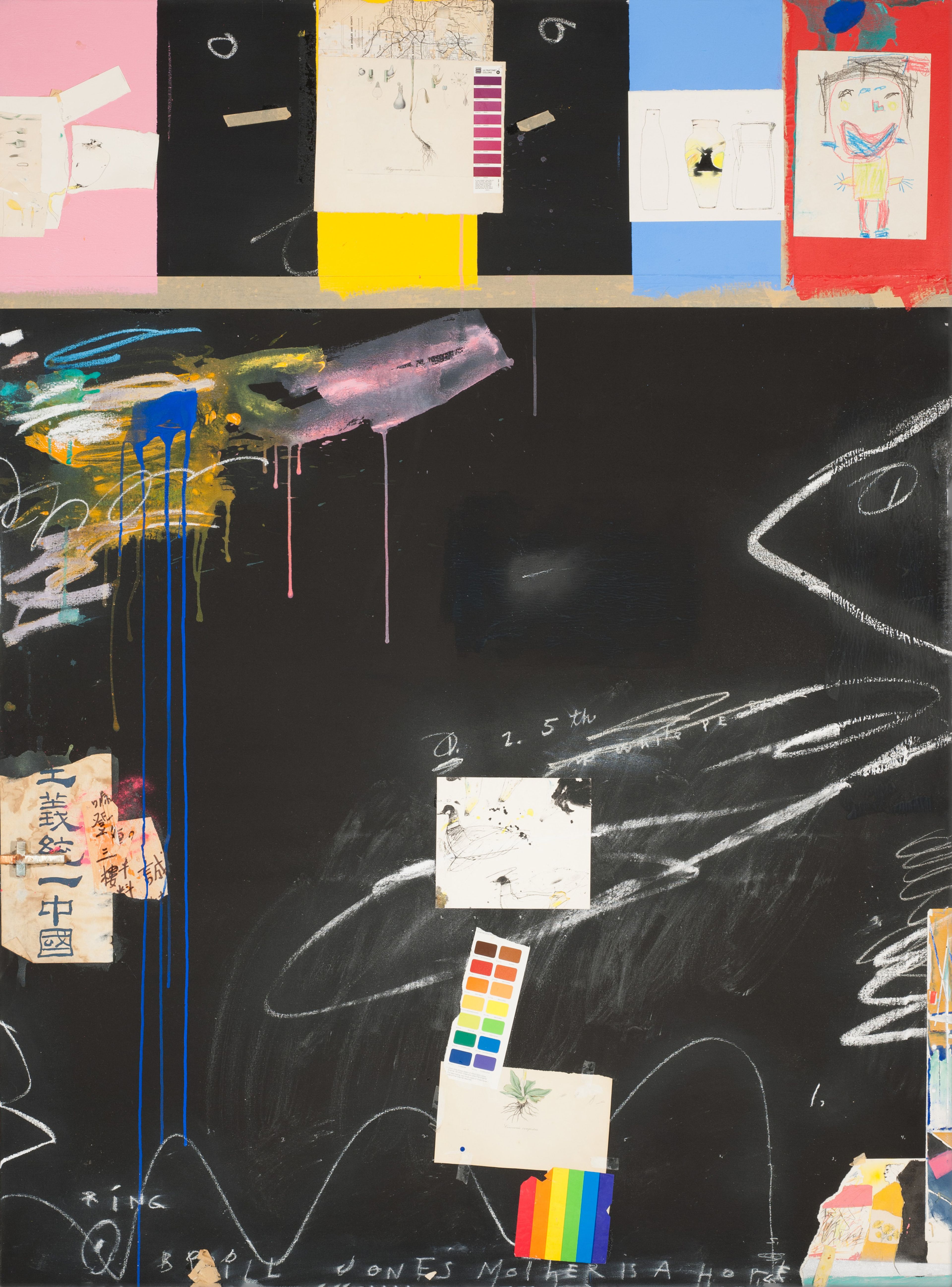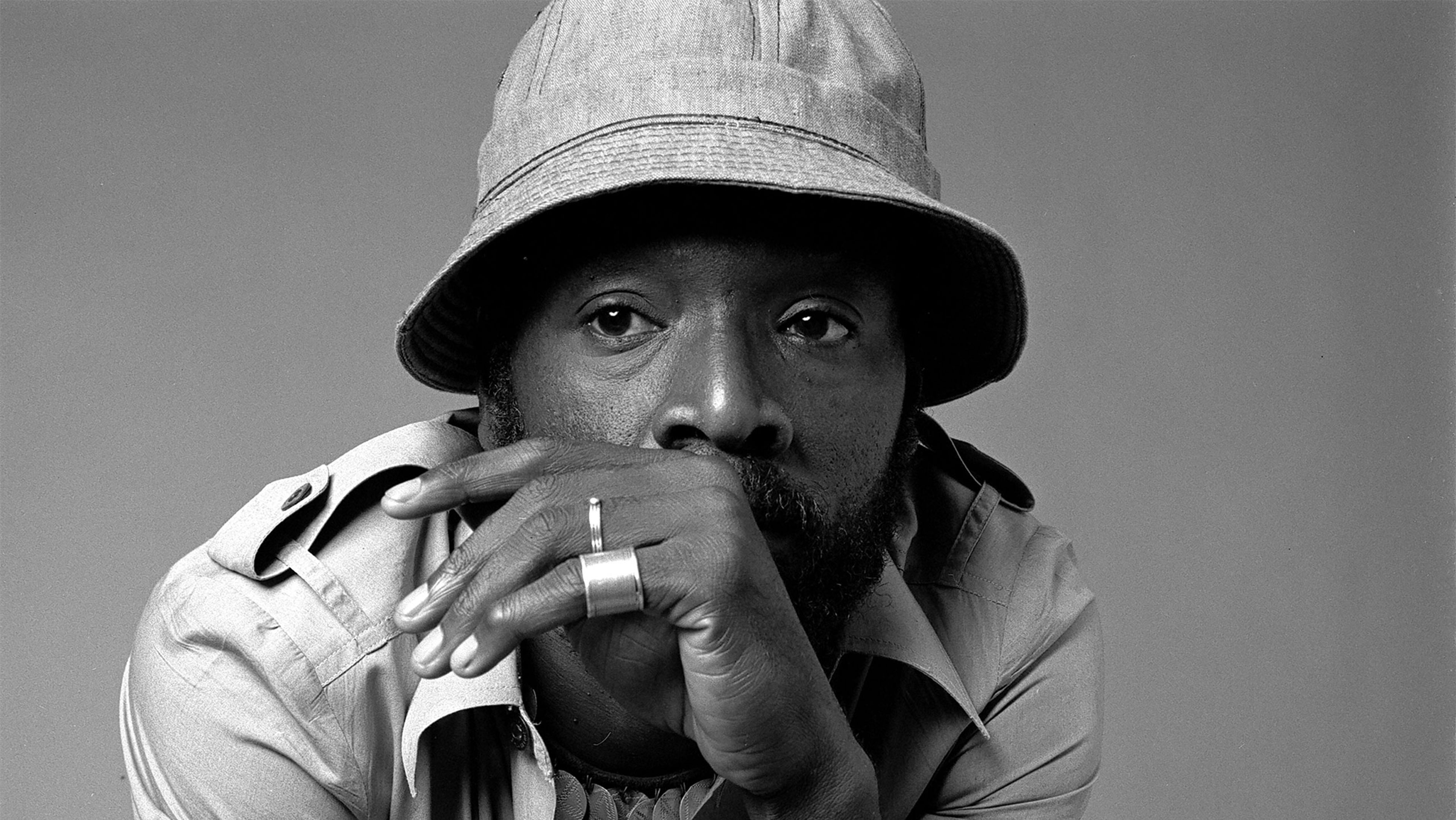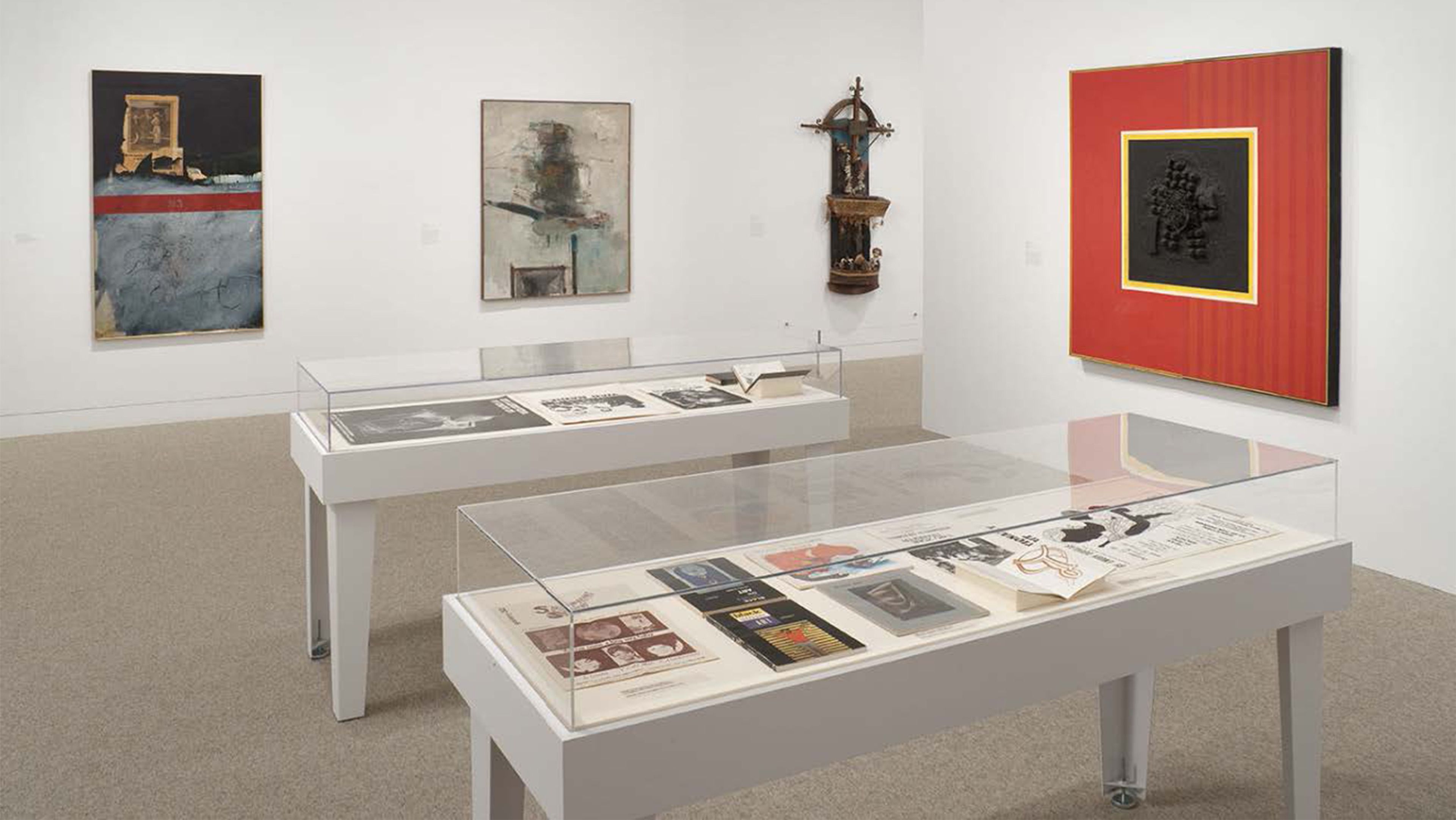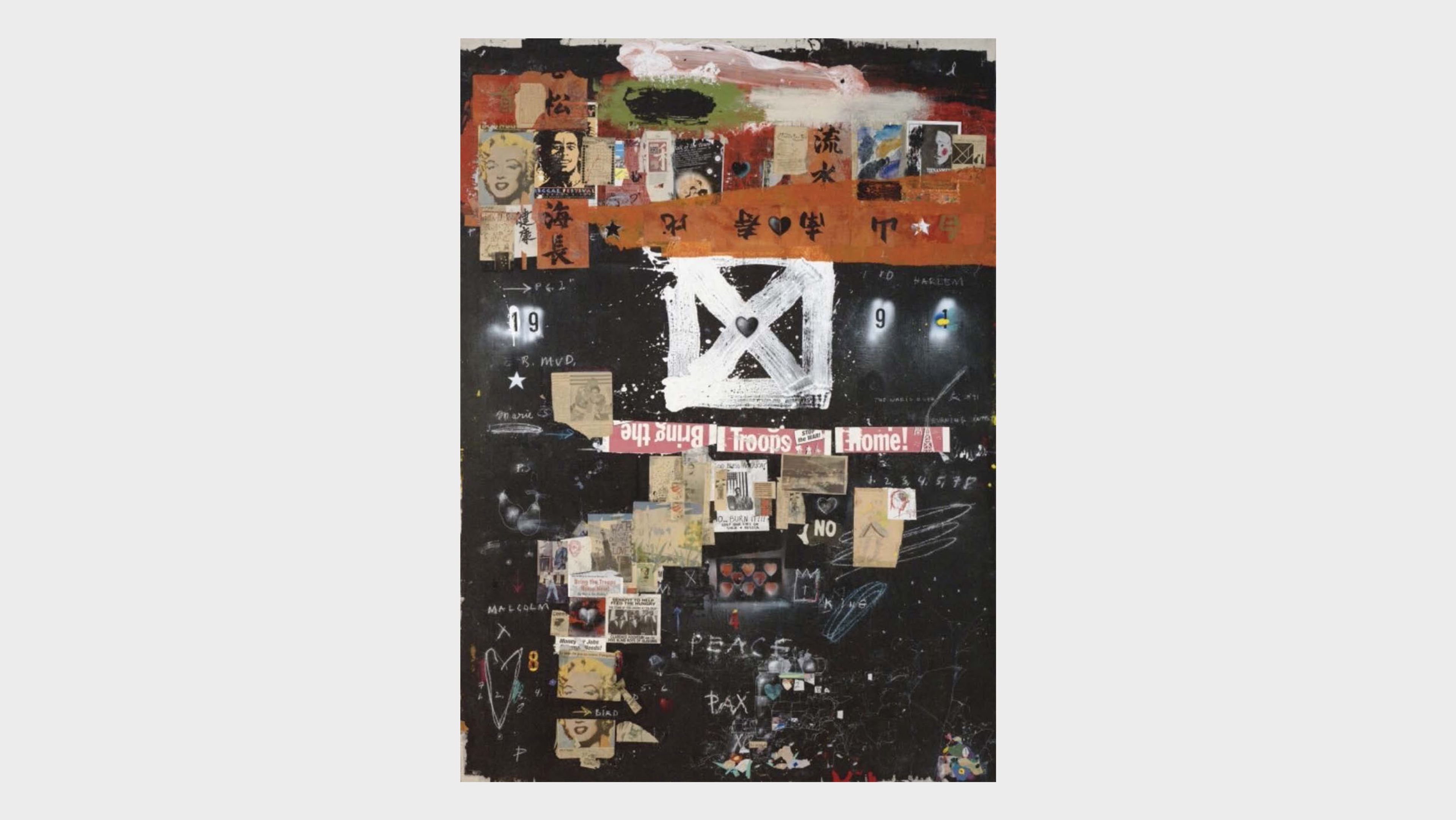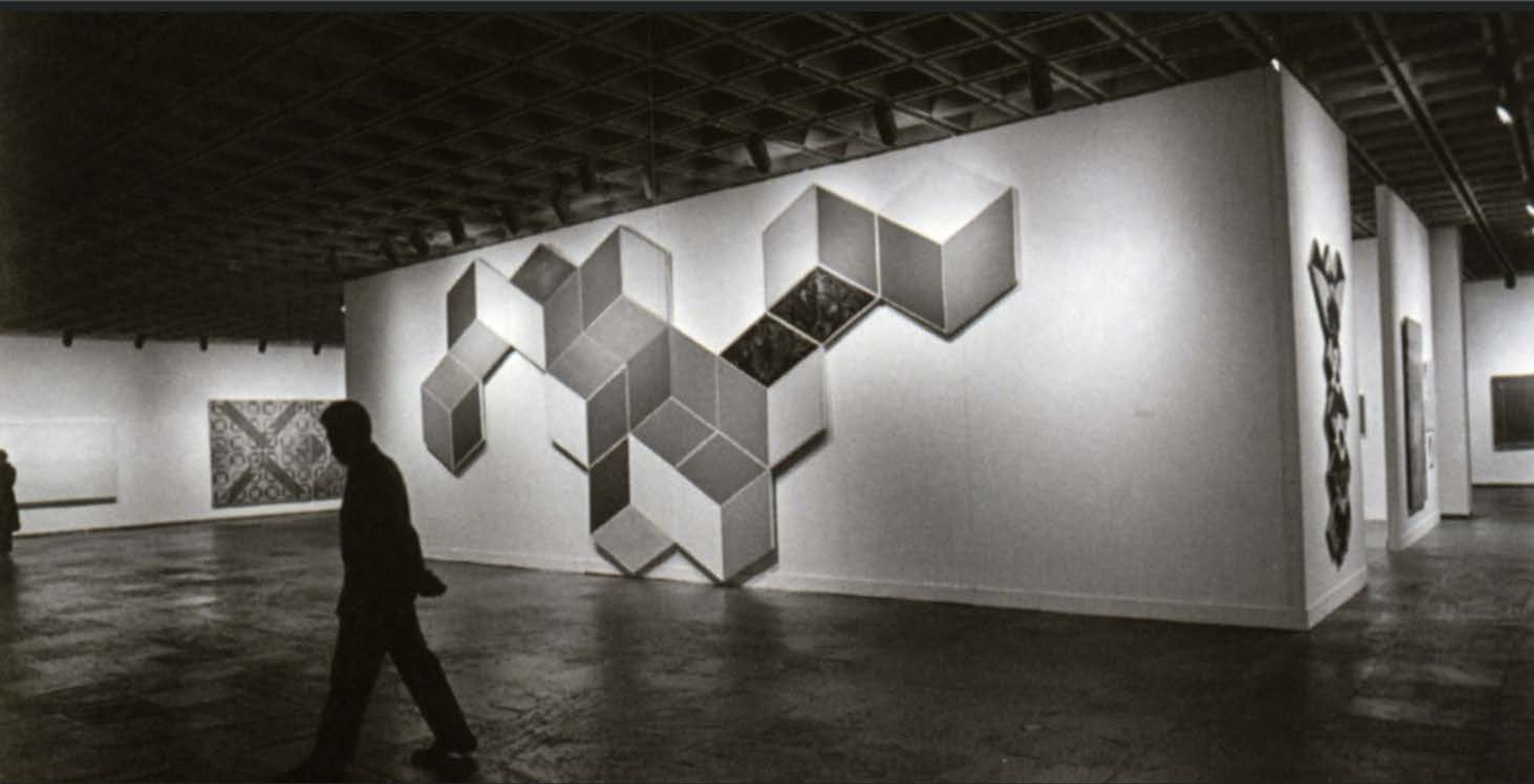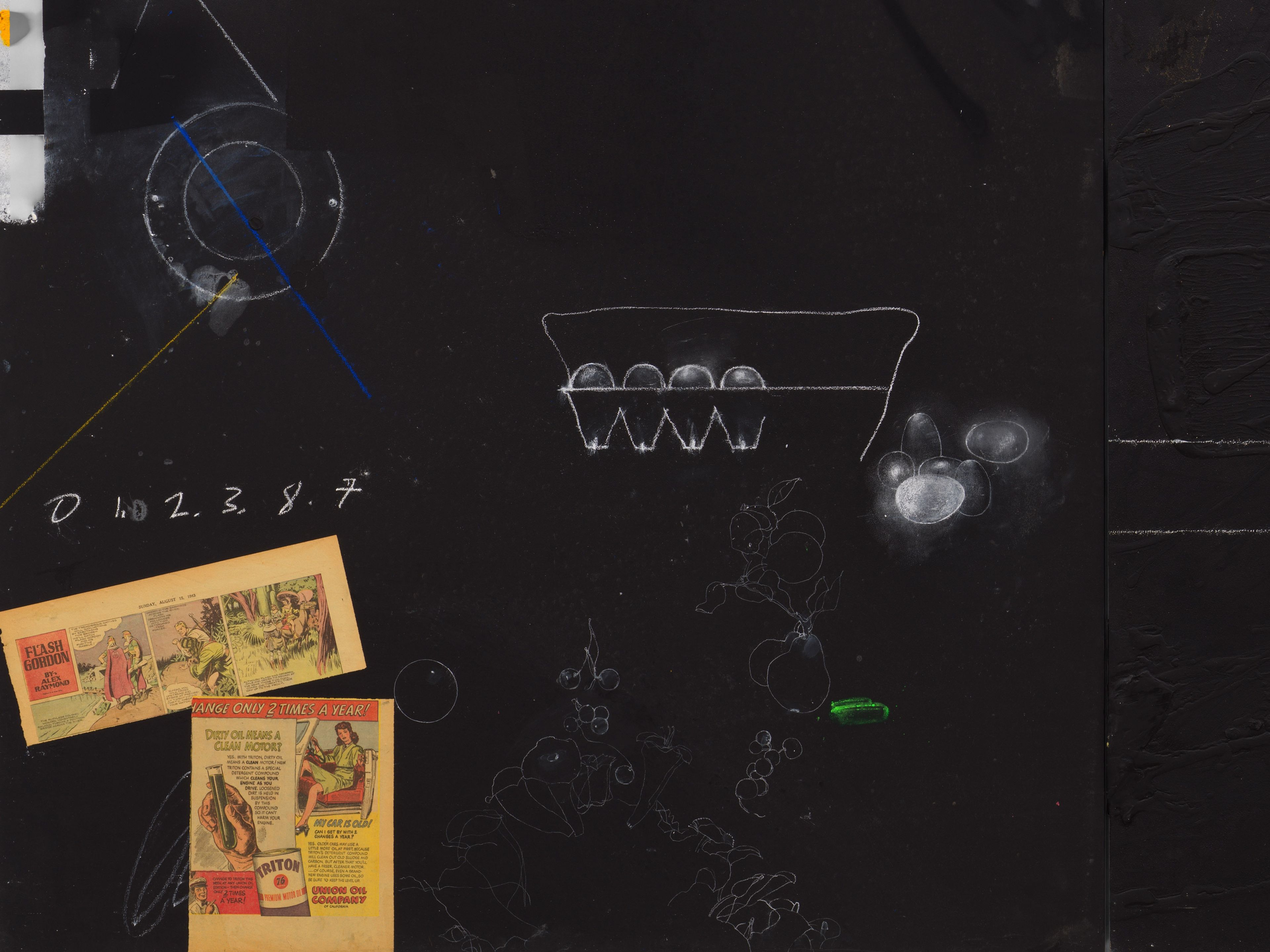Raymond Saunders
In his assemblage-style paintings, American artist Raymond Saunders (1934–2025) brought together his extensive formal training with his own observations and lived experience. Expressionistic swaths of paint, minimalist motifs, line drawings, and passages of vibrant color tangle with found objects, signs, and doors collected from his urban environment, creating unexpected visual rhymes and resonances that reward careful and sustained looking and allow for a vast and nuanced multiplicity of meanin
Learn MoreSurvey
Exhibitions

Explore Exhibitions
Artist News
Biography
In his assemblage-style paintings, American artist Raymond Saunders (1934–2025) brought together his extensive formal training with his own observations and lived experience. Expressionistic swaths of paint, minimalist motifs, line drawings, and passages of vibrant color tangle with found objects, signs, and doors collected from his urban environment, creating unexpected visual rhymes and resonances that reward careful and sustained looking and allow for a vast and nuanced multiplicity of meanings.
Born in Pittsburgh, Saunders first studied art in the city’s public schools, participating in a program for artistically gifted students. His mentor, Joseph C. Fitzpatrick, the director of art for Pittsburgh’s public schools, taught other artists including Andy Warhol, Philip Pearlstein, and Mel Bochner. Through Fitzpatrick’s support and encouragement, Saunders earned a scholarship to the Pennsylvania Academy of Fine Arts in Philadelphia; once there, he also took courses at the Barnes Foundation organized through the University of Pennsylvania, before returning to Pittsburgh and earning his BFA from the Carnegie Institute of Technology in 1960. He subsequently earned an MFA from the California College of Arts and Crafts in Oakland in 1961. In 1968, he accepted a teaching position at California State University, Hayward, eventually joining the faculty of his alma mater (now California College of the Arts), where he was given the distinction of professor emeritus.
In 1967, Saunders achieved wide recognition when he published the pamphlet Black Is a Color as a rebuttal to an article by the writer Ishmael Reed about the Black Arts Movement. In this text, Saunders argues powerfully that Reed fails to capture the vastness of Black expression and in doing so siloes Black artists and their work as delimited by the category of race alone. He concludes with the imperative that we necessarily separate identity from artistic output, that “we get clear of these degrading limitations, and recognize the wider reality of art, where color is the means, not the end.”1
The first solo exhibitions of Saunders’s works were held at the Terry Dintenfass Gallery in New York (1966, 1969, 1970, 1972). In 1971, the artist was the subject of his first West Coast exhibition and first major museum presentation, at the San Francisco Museum of Modern Art, which was also shown at Terry Dintenfass Gallery, New York. Saunders exhibited widely across the United States and in Europe, with solo exhibitions at the Providence Museum of Art, Rhode Island (1972); Pennsylvania Academy of Fine Arts, Philadelphia (1974, 1990); University Art Museum, University of California, Berkeley (1976); Stephen Wirtz Gallery, San Francisco (1979; traveled to Baum/Silverman Gallery, Los Angeles), Terry Dintenfass Gallery, New York (1980, 1982, 1985, 1987, 1989, 1991, 1993, 1996, 1999); Seattle Art Museum (1981); Los Angeles Municipal Art Gallery (1984); Addison Gallery of American Art, Andover, Massachusetts (1987; 1989); Galerie Resche, Paris (1990; 1993); Tampa Museum of Art, Florida (1992); Oakland Museum (1994); Phoenix Art Museum (1994); Giorgio de Chirico Art Centre, Volos, Greece (1995); M. H. de Young Memorial Museum, San Francisco (1995); American Embassy, Ouagadougou, Burkina Faso (1996); Carnegie Museum of Art, Pittsburgh (1996); Miami University Art Museum, Oxford, Ohio (1996); and Hunter College Gallery / Times Square, City University of New York (1998). The artist also participated in the 1972 Whitney Biennial.
Over the last two decades, Saunders has continued to be the subject of solo exhibitions globally, in addition to appearing in several notable group exhibitions. In 2011, Saunders was included in Now Dig This! Art and Black Los Angeles 1960–1980, curated by Kellie Jones at the Hammer Museum, Los Angeles, which traveled to MoMA PS1, New York, and Williams College Museum of Art, Williamstown, Massachusetts. In 2017, the artist was included in Soul of a Nation: Art in the Age of Black Power at Tate Modern, London, which traveled to Crystal Bridges Museum of American Art, Bentonville, Arkansas; the Brooklyn Museum, New York; and The Broad, Los Angeles. In 2022, his work appeared in the exhibition Just Above Midtown: Changing Spaces at The Museum of Modern Art, New York. Saunders’s work was on view in 2025 at the Centre Pompidou, Paris, in the group exhibition Paris noir: Circulations artistiques, luttes anticoloniales 1950–2000.
In 2021, Andrew Kreps Gallery and Casemore Gallery organized the two-part solo exhibition 40 Years: Paris/Oakland in San Francisco, which spanned four decades of the artist’s career. The following year, Andrew Kreps Gallery presented the first exhibition of Saunders’s work in New York since 1998. In 2025, Raymond Saunders: Flowers from a Black Garden was on view at the Carnegie Museum of Art in Pittsburgh. This presentation marked the artist’s first solo museum exhibition since 1996 and was the most comprehensive consideration of his practice to date.
Saunders was the recipient of the National Institute of Arts and Letters Award (1963), Ford Foundation Award (1964), Rome Prize Fellowship (1964), Guggenheim Fellowship (1976), and two National Endowment for the Arts Awards (1977, 1984).
In 2024, David Zwirner announced the co-representation of Saunders with Andrew Kreps Gallery. The announcement was accompanied by a two-part solo exhibition of the artist’s work, Post No Bills, curated by Ebony L. Haynes, held concurrently at David Zwirner’s 519 and 525 West 19th Street galleries in Chelsea and Andrew Kreps’s gallery at 22 Cortlandt Alley in Tribeca. Raymond Saunders: Déménagement, a solo presentation curated by Ebony L. Haynes, was on view at David Zwirner Paris in 2025, marking the artist’s first exhibition in Paris in twenty years.
Work by the artist is held in numerous public collections, including the Addison Gallery of American Art, Andover, Massachusetts; Berkeley Art Museum and Pacific Film Archive, University of California, Berkeley; Carnegie Museum of Art, Pittsburgh; Chrysler Museum of Art, Norfolk, Virginia; Corcoran Gallery of Art, Washington, DC; Crocker Art Museum, Sacramento, California; The Metropolitan Museum of Art, New York; M. H. de Young and Legion of Honor, Fine Arts Museums of San Francisco; Museum Brandhorst, Munich; Museum of Contemporary Art, Los Angeles; The Museum of Modern Art, New York; National Gallery of Art, Washington, DC; Philadelphia Museum of Art; Phoenix Art Museum; Portland Art Museum, Oregon; Saint Louis Art Museum; San Francisco Museum of Modern Art; Seattle Art Museum; Walker Art Center, Minneapolis; and the Whitney Museum of American Art, New York, among others.
1 Raymond Saunders, Black Is a Color (self-published pamphlet, 1967), n.p.

Request more information





![A mixed media artwork by Raymond Saunders, titled Charlie Parker [formerly Bird], dated 1977.](https://cdn.sanity.io/images/juzvn5an/release-adp/c11aa62bfc585552fe45d5de6d33241f1b73742d-2599x3000.jpg?w=3840)

